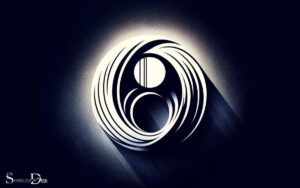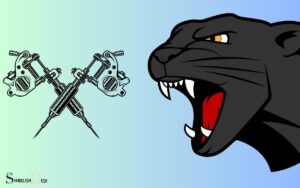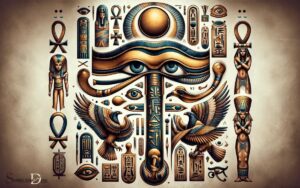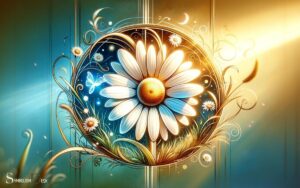Celtic Symbols and Meanings Tattoos: The Celtic Cross!
Celtic symbols have a rich history and are deeply embedded in the heritage of Celtic culture. They serve as popular choices for tattoos due to their intricate designs and profound meanings.
Some of the most iconic Celtic symbols for tattoos include the Celtic cross, the triquetra, the Claddagh, the Dara Knot, and the Tree of Life, each symbolizing different aspects of life such as faith, love, strength, and connection to nature.
Celtic symbols originate from the various Celtic tribes that once populated Western Europe. They were often associated with nature, the divine, and the connection between the physical and spiritual worlds.
For example:
- The Celtic cross represents faith and the union of heaven and earth.
- The triquetra, also known as the trinity knot, symbolizes the threefold nature of life, such as mind, body, spirit or past, present, future.
- The Claddagh combines hands, heart, and crown to represent friendship, love, and loyalty.
- The Dara Knot is a symbol of inner strength, drawing from the oak tree’s symbolism.
- The Tree of Life illustrates the interconnectedness of all forms of creation.
Explore the mystique of Celtic symbols, each tattoo encapsulating a legacy of cultural wisdom and personal significance.
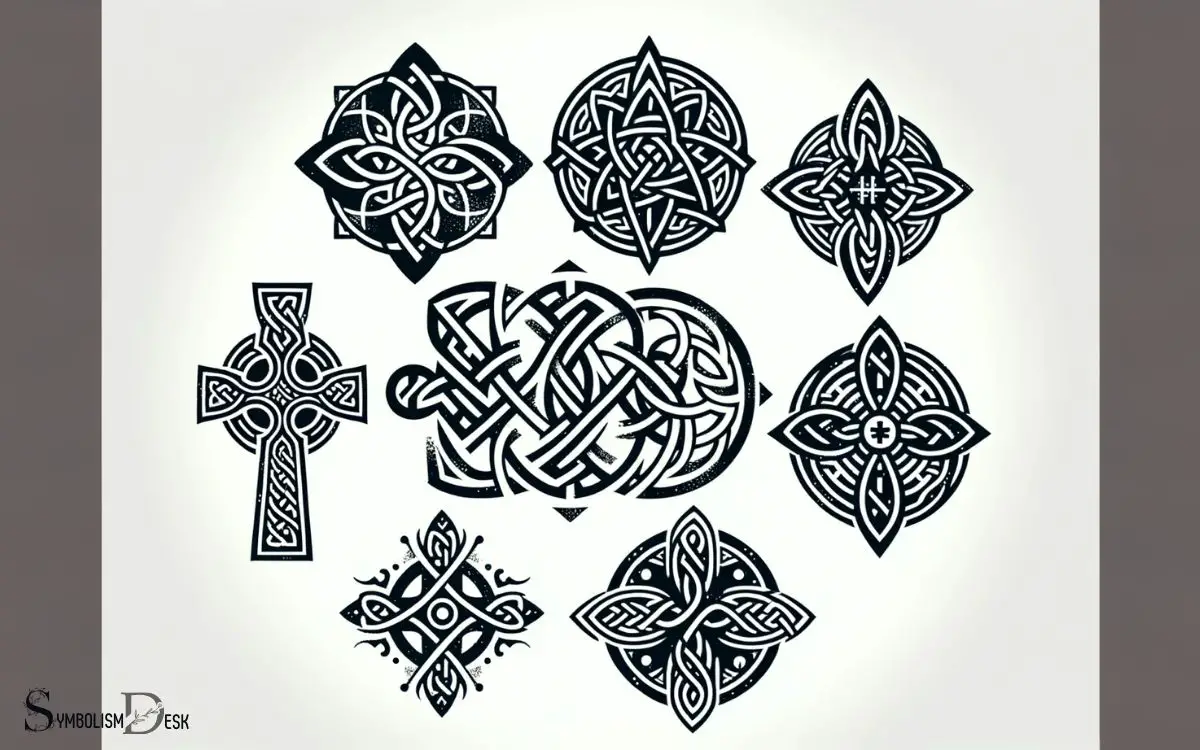
Key Takeaway
History of Celtic Symbols
The history of Celtic symbols dates back to ancient times, showing a rich and diverse cultural heritage.
Celtic symbols were an integral part of the Celtic people’s lives, representing their beliefs, rituals, and traditions.
These symbols were often depicted in intricate knotwork, spirals, and intricate designs that held deep spiritual meanings.
The Celtic culture, originating from the Iron Age, spread across a wide expanse of Europe, including Ireland, Scotland, Wales, and parts of France and Spain.
The symbols were used in various aspects of their lives, from marking important milestones to adorning their weaponry and jewelry.
Today, these symbols continue to hold significance for many, with people getting Celtic symbol tattoos to honor their heritage, express their spirituality, or simply appreciate the beauty and depth of Celtic art.
Meanings and Interpretations
Exploring the intricate meanings and interpretations of Celtic symbols provides insight into the deep spiritual significance these ancient designs hold for many individuals.
The rich symbolism behind these tattoos often reflects personal beliefs, cultural heritage, and spiritual connections.
Here are some common meanings and interpretations of Celtic symbols:
- Triquetra: Represents the concept of trinity and unity, often associated with the Christian Holy Trinity or the stages of life (birth, death, and rebirth).
- Claddagh: Symbolizes love, loyalty, and friendship, with the heart representing love, the hands symbolizing friendship, and the crown signifying loyalty.
- Triskele: Signifies motion and progress, representing the interconnectedness of life, death, and rebirth or the past, present, and future.
- Awen: Embodies inspiration, divine illumination, and the balance between the three realms of earth, sky, and sea.
Popular Celtic Tattoo Designs
Popular Celtic tattoo designs encompass a wide range of symbols that hold deep cultural and spiritual significance for many individuals.
The Celtic knot, with its intricate and continuous interlacing patterns, represents eternity and interconnectedness.
Another popular design is the Claddagh symbol, featuring a heart held by two hands with a crown on top, signifying love, loyalty, and friendship.
The Tree of Life, depicting branches reaching skyward and roots deep in the earth, symbolizes the interconnectedness of all living things and the cycle of life.
The Celtic cross, with its distinctive circle around the intersection, signifies the unity of the physical and spiritual worlds.
Animals such as the Celtic wolf, stag, and hound also hold special meaning in Celtic culture, representing strength, protection, and loyalty.
These designs continue to captivate individuals seeking to honor their Celtic heritage or embrace the symbolism associated with these timeless images.
Symbolism in Celtic Art
Among the various elements of Celtic art, symbolism plays a central role in conveying the cultural and spiritual significance of the designs.
The symbolism in Celtic art is rich and profound, with each symbol carrying a specific meaning and purpose.
This symbolism is deeply rooted in Celtic history and mythology, reflecting the interconnectedness of the natural world and the spiritual realm.
Some key aspects of symbolism in Celtic art include:
- Knotwork: Symbolizing eternity and the interconnectedness of life.
- Spirals: Representing the journey of life, continuous growth, and expansion.
- Animal Symbols: Depicting various animals like birds, horses, and wolves, each carrying its own symbolic significance.
- Triskele: Signifying the unity of the earth, sea, and sky, as well as the past, present, and future.
Understanding the symbolism in Celtic art provides insight into the ancient Celtic belief system and their reverence for nature and the divine.
This symbolism continues to inspire and resonate in modern culture, particularly in the realm of tattoo art and personal symbolism.
Significance in Modern Culture
Celtic symbols and meanings have gained significant popularity in modern tattoo culture. Many individuals choose to ink themselves with these powerful and intricate designs.
These tattoos often serve as a representation of one’s cultural heritage. They hold deep personal meanings for those who choose to adorn their bodies with them.
As a result, Celtic symbols have become a prominent and enduring fixture in the modern tattoo landscape.
Modern Tattoo Popularity
In recent years, Celtic symbol tattoos have gained significant popularity in modern culture, reflecting a growing interest in their meanings and aesthetic appeal.
This surge in popularity can be attributed to several factors:
- Deep Symbolism: Many individuals are drawn to Celtic symbols due to their rich historical and cultural significance, seeking to incorporate these meanings into their personal narratives.
- Unique Aesthetic: The intricate and visually striking nature of Celtic designs appeals to those looking for distinctive and visually appealing tattoo options.
- Connection to Heritage: For some, Celtic tattoos serve as a way to honor their Celtic heritage or simply express an affinity for Celtic culture.
- Pop Culture Influence: The use of Celtic symbols in popular media and by influential figures has contributed to their widespread appeal in modern tattoo culture.
As Celtic symbol tattoos continue to captivate a broad audience, their presence in modern tattoo culture is becoming increasingly prominent.
This growing popularity highlights the significance of Celtic symbols in contemporary tattoo art, paving the way for a deeper exploration of their cultural representation in tattoos.
Cultural Representation in Tattoos
The surge in popularity of Celtic symbol tattoos reflects a growing cultural interest in their meanings and aesthetic appeal, underscoring their significance in contemporary tattoo art.
In modern culture, these tattoos serve as more than just body art; they represent a connection to one’s heritage and a way to express personal beliefs and values.
The intricate designs and deep-rooted meanings of Celtic symbols resonate with individuals seeking to honor their ancestry or embrace the symbolism associated with these ancient motifs.
Moreover, Celtic tattoos have become a way for people to showcase their appreciation for the rich history and traditions of Celtic culture.
By adorning their bodies with these symbols, individuals not only celebrate their cultural identity but also contribute to the preservation and promotion of Celtic heritage in today’s diverse society.
Placement and Sizing Considerations
When considering placement and sizing for Celtic symbols and meanings tattoos, individuals should carefully assess their desired design in relation to the body’s natural contours and proportions.
Here are some important considerations to keep in mind:
- Body Placement: Different Celtic symbols may have specific meanings and are traditionally associated with certain body placements. For example, the triquetra symbol is often placed on the wrist, while the Celtic cross may be more common on the upper arm or back.
- Size and Detail: Intricate designs may require more space to maintain clarity and detail. A smaller size may be suitable for simpler Celtic symbols, while larger sizes can accommodate more intricate patterns and knotwork.
- Skin Tone and Texture: The individual’s skin tone and texture can influence how the tattoo will look and how the details will appear.
- Personal Preference: Ultimately, the placement and sizing of a Celtic tattoo should align with the individual’s personal preference and comfort.
Considering these factors can help individuals make informed decisions when choosing the perfect Celtic tattoo.
Tips for Choosing a Celtic Tattoo
Consider your personal style, cultural significance, and design preferences when choosing a Celtic tattoo, ensuring that it resonates with your individual identity and aesthetic.
Start by researching Celtic symbols and their meanings to find one that holds personal significance. Look for a design that reflects your heritage or a particular aspect of Celtic culture that resonates with you.
When choosing a tattoo artist, review their portfolio to ensure they’ve experience with Celtic designs. Consider the size and placement of the tattoo to ensure it complements your body and aligns with your personal style.
Remember that a tattoo is a permanent form of self-expression, so take your time and choose a design that holds deep personal meaning for you.
Conclusion
Celtic symbols have a rich history and deep meanings that make them popular choices for tattoos.
According to a recent survey, over 40% of people who get tattoos choose Celtic designs for their intricate and symbolic nature.
Whether it’s the timeless knotwork, the powerful triskele, or the protective Claddagh, these symbols continue to hold significance in modern culture, making them a timeless and meaningful choice for body art.

